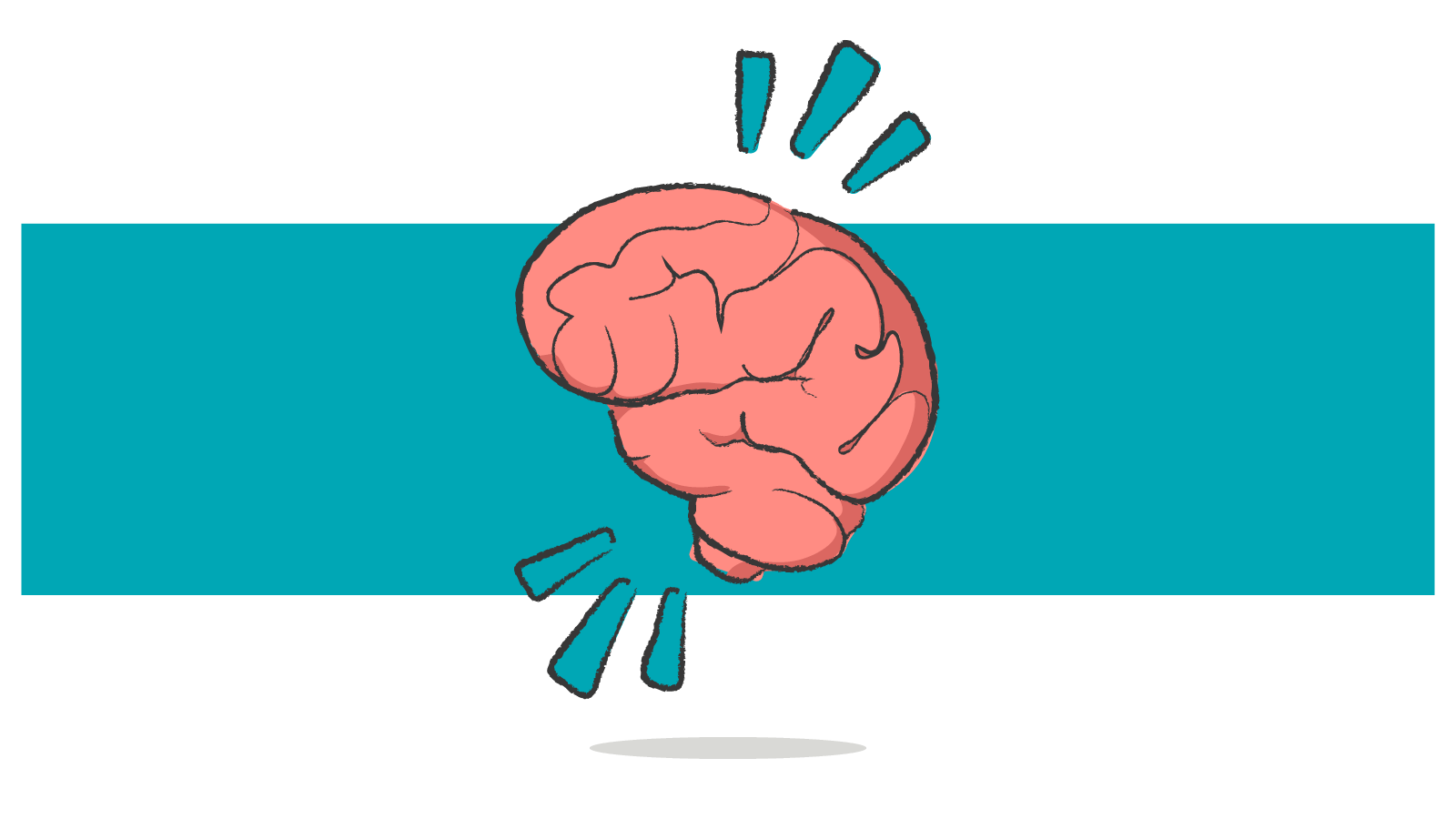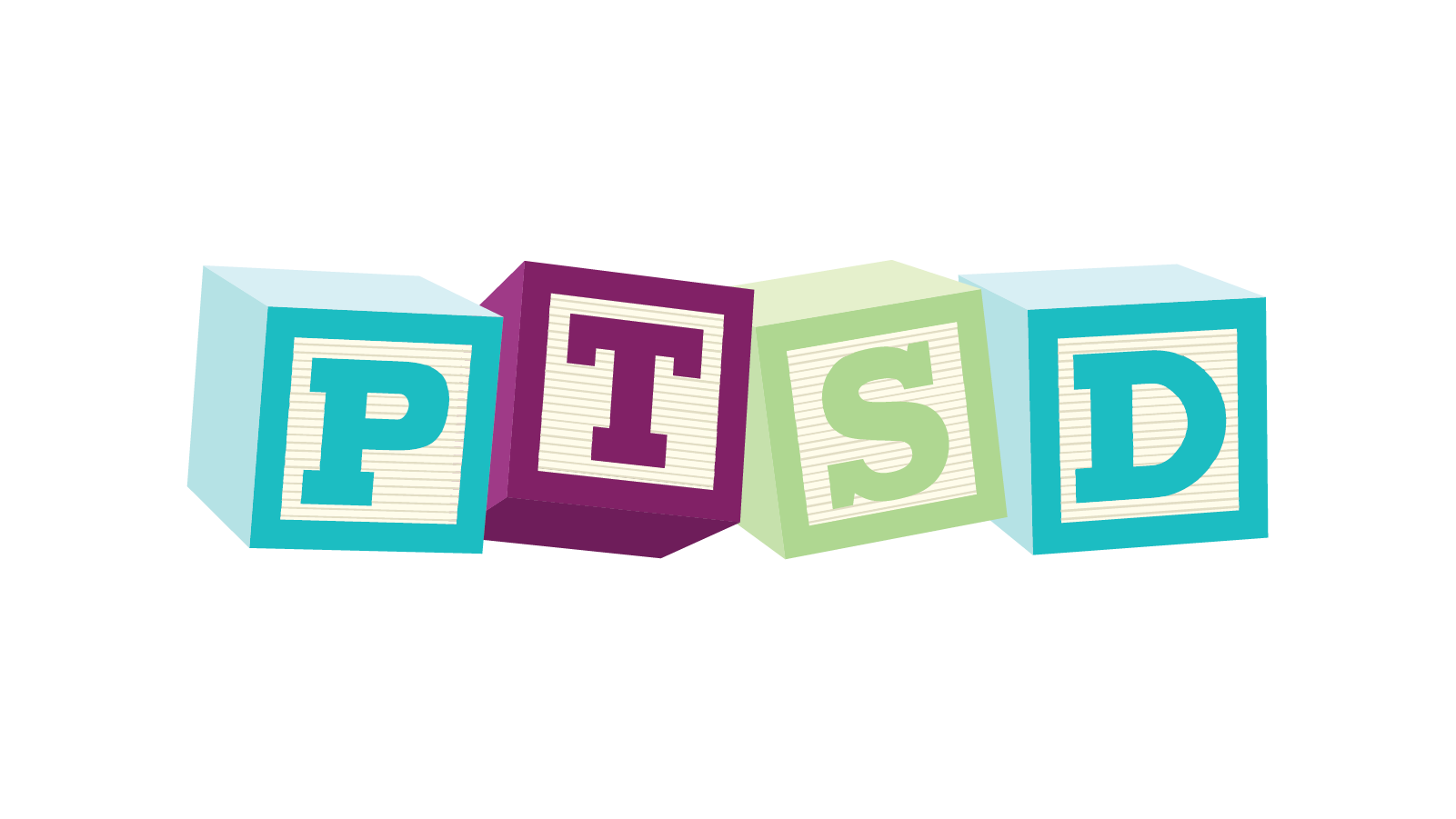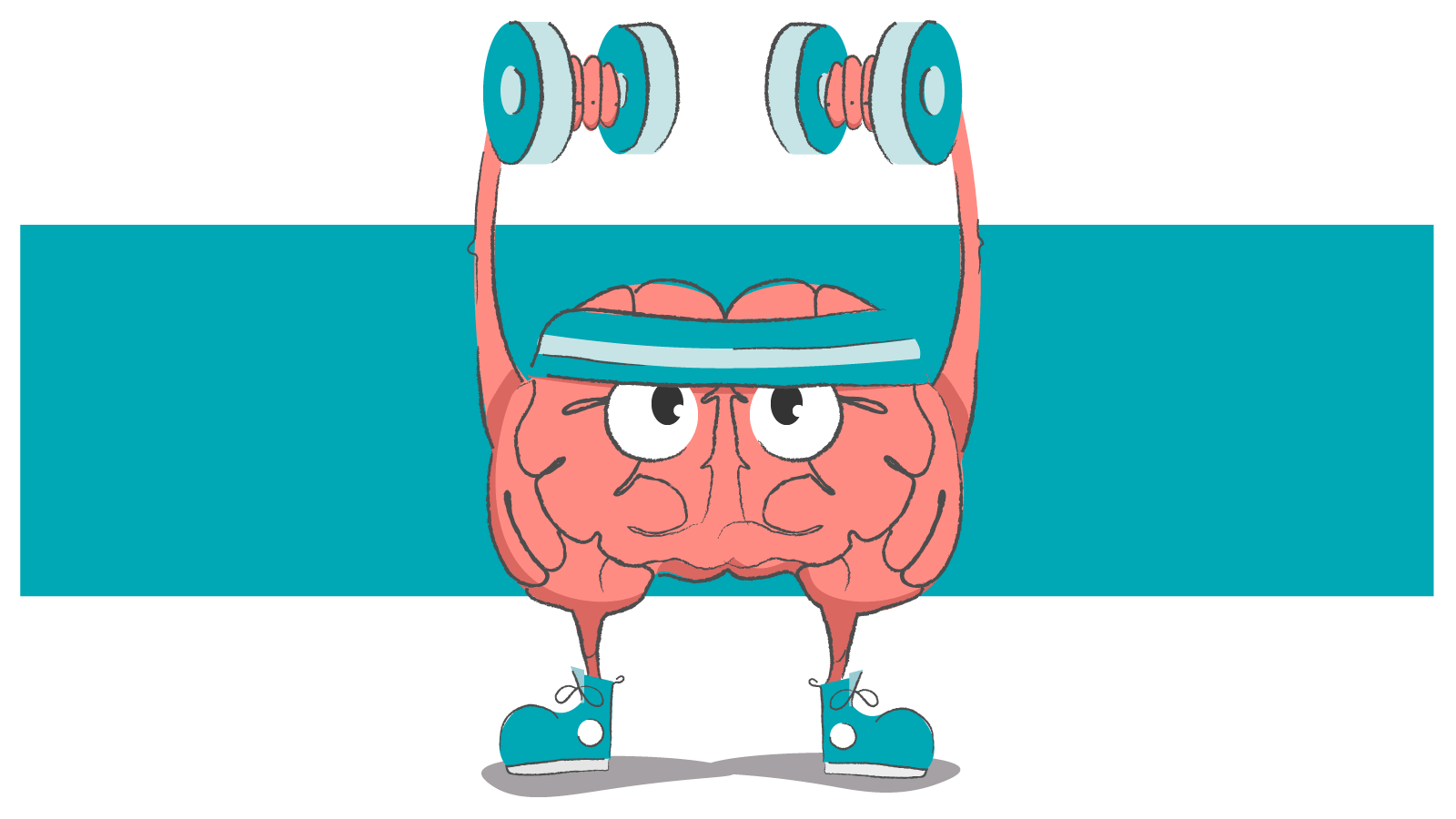What Happens Next: Understanding Childhood PTSD
The word ”aftermath” has nothing to do with math, and everything to do with harvesting hay. Here's the story: 600 years ago, Middle English-speaking...
3 min read
Healthcare Highways : Jun 10, 2022

As designated by the United States Senate, June 1st marks the start of PTSD Awareness Month. The designation was created to reduce the stigma around PTSD, educate the public about common misconceptions, and raise awareness to support those who have experienced trauma. If you or a loved one is living with PTSD, or you are simply educating yourself in support of those who do, understanding what to look for and the resources available can greatly improve the lives of those around you.
We have compiled a list of 5 common questions and answers for PTSD Awareness Month:
Post-traumatic Stress Disorder is a mental health disorder that develops after an individual experiences or witnesses a traumatic event.
In a stressful situation or time of fear, the body triggers survival mechanisms commonly known as the “fight-or-flight” response. The stress hormones might cause increased heart rate, a shortness of breath, muscle tension, and sweat. Normally, these hormonal and physiological responses kick in to help you fight or flee in a life-threatening situation and then dissipate once you are out of harm’s way.
In the case of PTSD, however, an individual continues to feel the stress and fear they experienced from the traumatic event even when they are no longer in danger.
PTSD is a disorder that can develop at any age for any individual. Certain factors can increase the likelihood of developing PTSD, such as experiencing a traumatic event that was high-intensity, long-lasting, or resulted in injury. According to the National Center for PTSD, the most common types of traumas to result in PTSD are combat and sexual assault.
PTSD is most associated with military veterans who were exposed to war and combat. The National Center for PTSD reported 30% of Vietnam veterans, 12% of Gulf War veterans, and between 11-20% of Iraq veterans have had PTSD in their lifetime. Although combat does account for many cases of PTSD among veterans, cases have also developed from military sexual trauma (MST). According to the U.S. Dept. of Veterans Affairs, 55% of female and 38% of male veterans who use VA health care reported to have experienced sexual harassment while serving in the military.
PTSD is not limited to military service members, however. A large, national mental health study found that women are more likely to have PTSD; in fact, more than 50% of all women will experience at least one traumatic event in their life. Further, women are more likely to have gone through neglect or abuse as a child, have experienced domestic violence, or have a loved one suddenly pass away.
The symptoms of PTSD are different from person to person. An individual might develop symptoms after a few weeks, months, or years after the event.
Some symptoms may appear as typical signs of stress, however, PTSD signs continue for long periods of time – to the point that they begin to interfere with the individual’s daily routine and activities. These symptoms may include:
Children living with PTSD may show different signs than adults. Look for dark themes presented in the child’s art or play, regression on toilet training, changes in speech or behavior, and issues sleeping.
You can help those suffering from PTSD by participating in PTSD Awareness Month. How?
About 6% of the population will have PTSD within their lifetime. All it takes to help is to be open to the opportunity to show your support.
There are many resources to reach out to for support or information:
A healthcare provider—such as a psychiatrist, psychologist, or clinical social worker—who has experience helping people with mental illnesses can determine whether symptoms meet the criteria for PTSD.
If you need help finding a provider or have additional questions, contact our Customer Experience Advocates team and they will help you through the process. Together, we can figure this out.

The word ”aftermath” has nothing to do with math, and everything to do with harvesting hay. Here's the story: 600 years ago, Middle English-speaking...

"Three decades of science make it clear: exercise should be integrated into prevention and treatment of mental illness and promotion of mental...

Surveys show a major increase in the number of U.S. adults who report symptoms of stress, anxiety and depression during the pandemic, compared with...